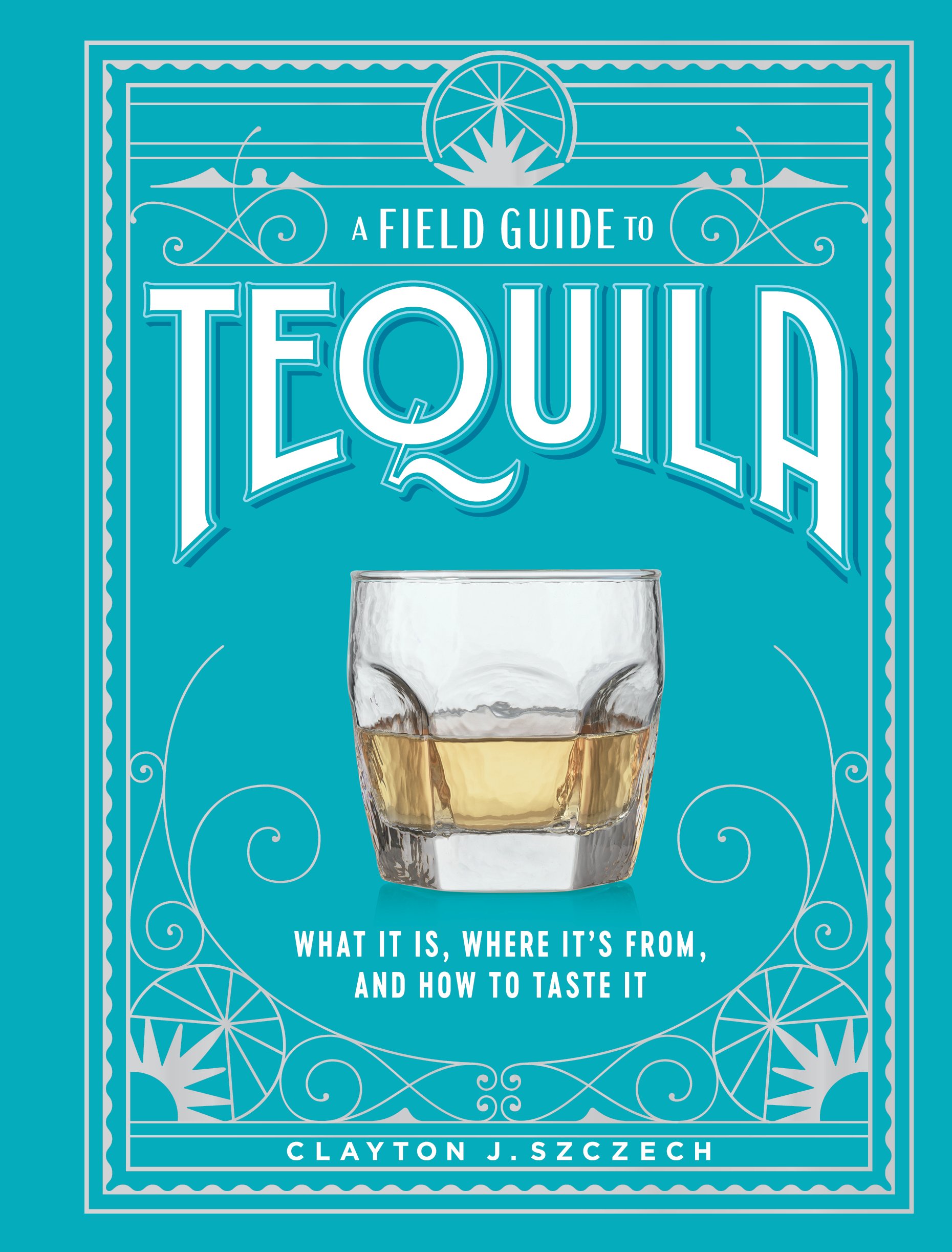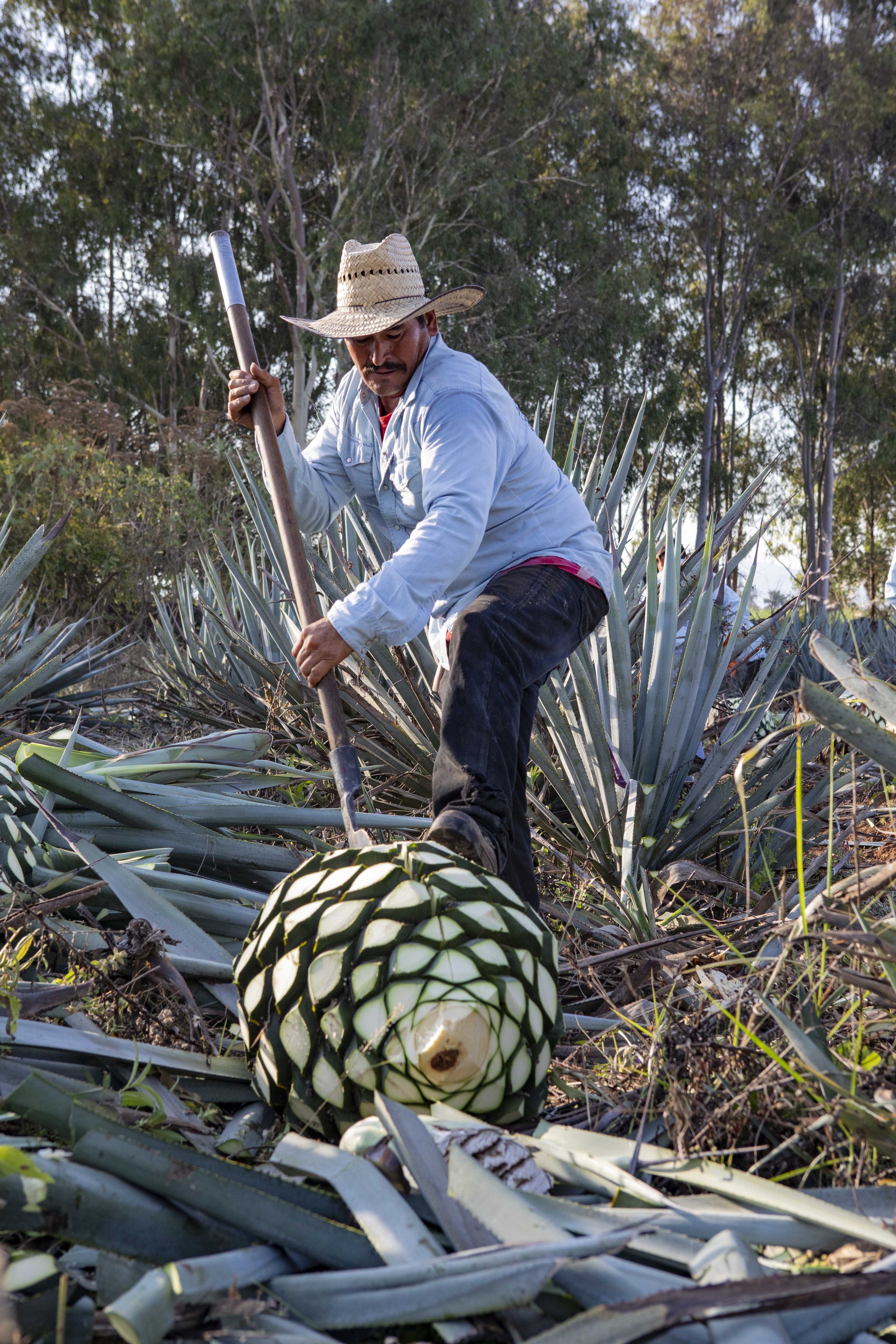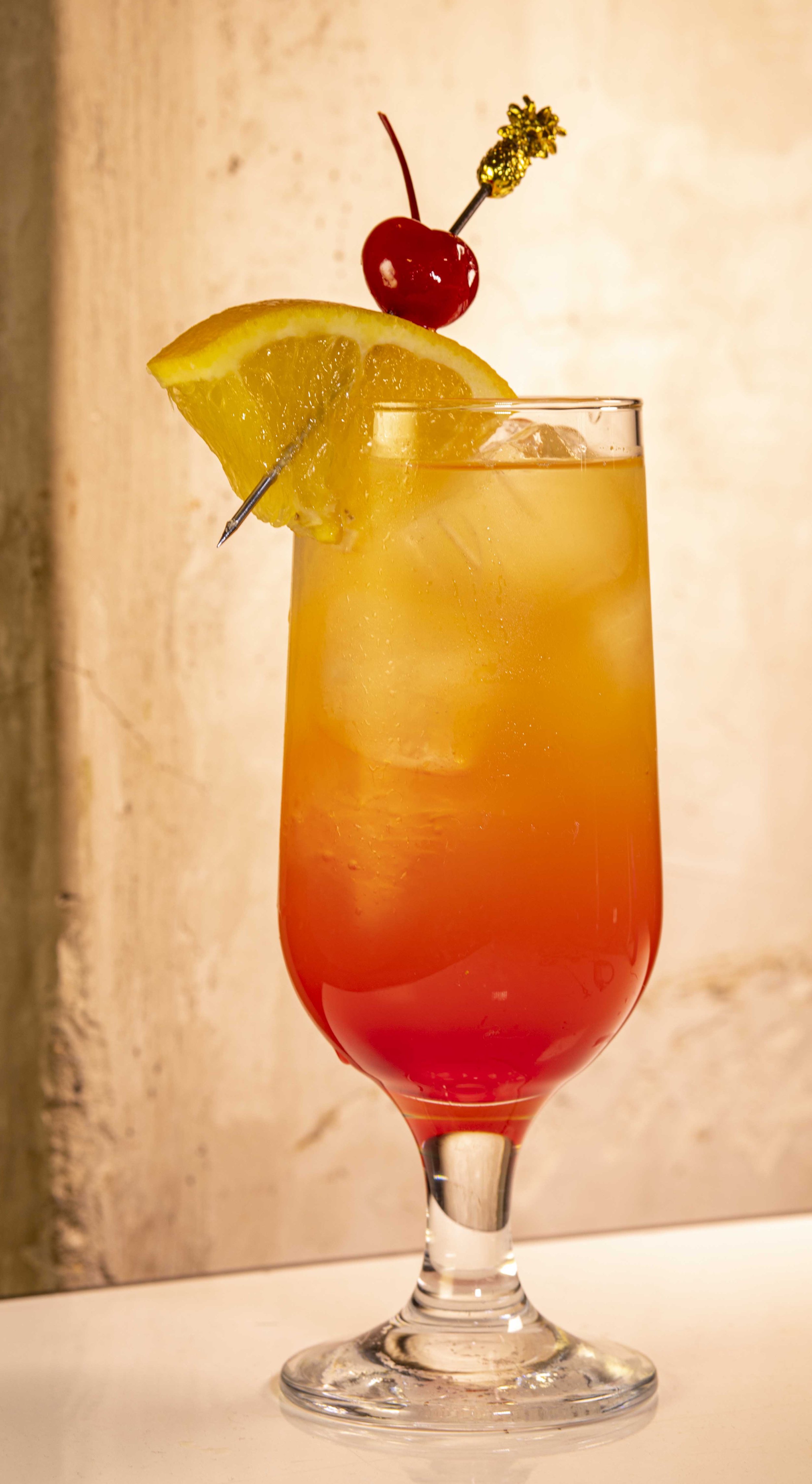Boozy Book Reviews: A Field Guide to Tequila: What It Is, Where It’s From, and How to Taste It
A Field Guide to Tequila by Clayton Szczech
A Field Guide to Tequila by long-time Mexican resident and tour operator Clayton Szczech (Artisan, October 3, 2023) tackles tequila on a level of detail not yet seen in other works. The text is mostly broken up into micro-topics that span only a page or two for easier reading, with some sections tackling broad topics like the definitions of tequila categories and how pieces of equipment work, with others zooming in on nerd-level eccentricities like how the methanol in tequila “distills backward” compared with other spirits, and the logic behind chill filtration. There are plenty of explainer charts as well, defining things such as the differences between the GI, DO, DOT, NOM, and CRT.
Tequila rules and regulations—and how tequila is made
Agave harvesting
The rules and regulations of tequila are outlined in the first section, which takes about 50 pages. I think that speaks to the complexity of the category – not the actual production, but the rules around how you can make it, where, and the real value add of this book: why. (Short answer: it’s complicated.)
The next and longest section is about making tequila – the various production processes (split into eight parts), how they operate, and how they impact the flavor of the resulting unaged or aged spirit.
Clayton J. Szczech photo Credit Tony Sams
The role of additives
The author doesn’t shy away from controversies within the tequila category, from the commerce-driven nature of the convoluted Denomination of Origin to the lack of biodiversity of blue agave to the industrial processes like diffusers and additives used to make it. Though I thought I knew the regulations of tequila backwards and forwards, I learned that blanco tequilas can, in fact, have additives like sweeteners and flavorings; and that cristalino tequilas (a marketing rather than legal term for aged then clarified tequilas) take out color and flavor but then usually add additives back in. I also had some lingering technical questions about tequila production before reading this book, but I think every one of them has now been answered.
Producer Profiles
Tequila sunrise
The author then zooms in a selection of producers, not trying to list a large number of brands but profiling 17 of them in a few categories: giants of the industry (Cuervo, Patron, Sauza), defenders of tradition ( Tapatio , Siete Leguas), growers who became distillers (Cava De Oro, Don Abraham), and the new generation of producers and innovators ( Cascahuin , Arette, Fortaleza, Ocho, Lalo). After fifty pages of profiles, the remaining fifty are all about tasting tequila, serving tequila, mixing tequila, and visiting the tequila region. The book does not include many tasting notes (as that could fill a whole book by itself) and there are only four cocktail recipes included, but it packs in a lot of information. My fellow nerds may find this final section less useful, but newbies may gain the most value here.
The book really does include something for tequila fans at all levels, and the copy text on the back of the book really undersells the level of depth of the text. A Field Guide to Tequila covers a lot of ground, under promises, and over delivers.




